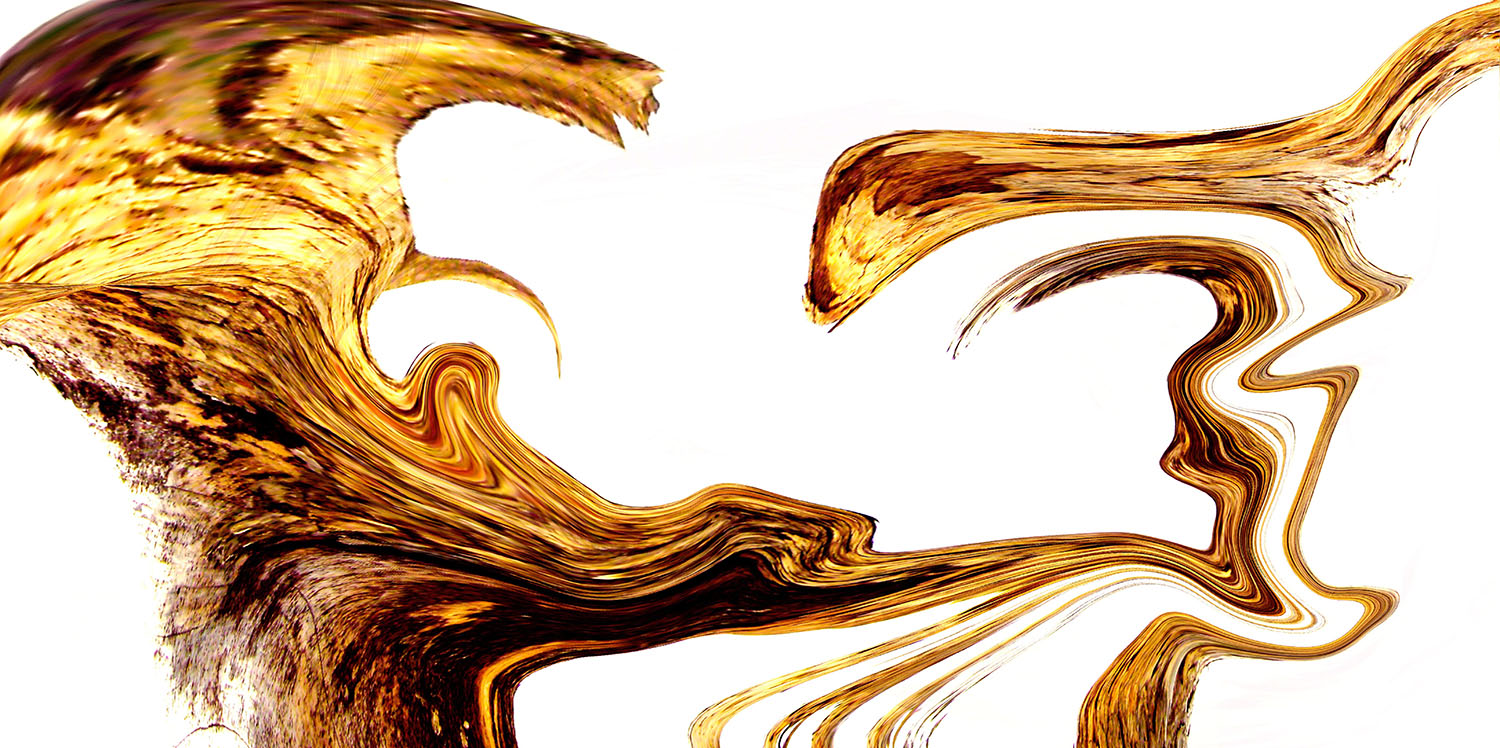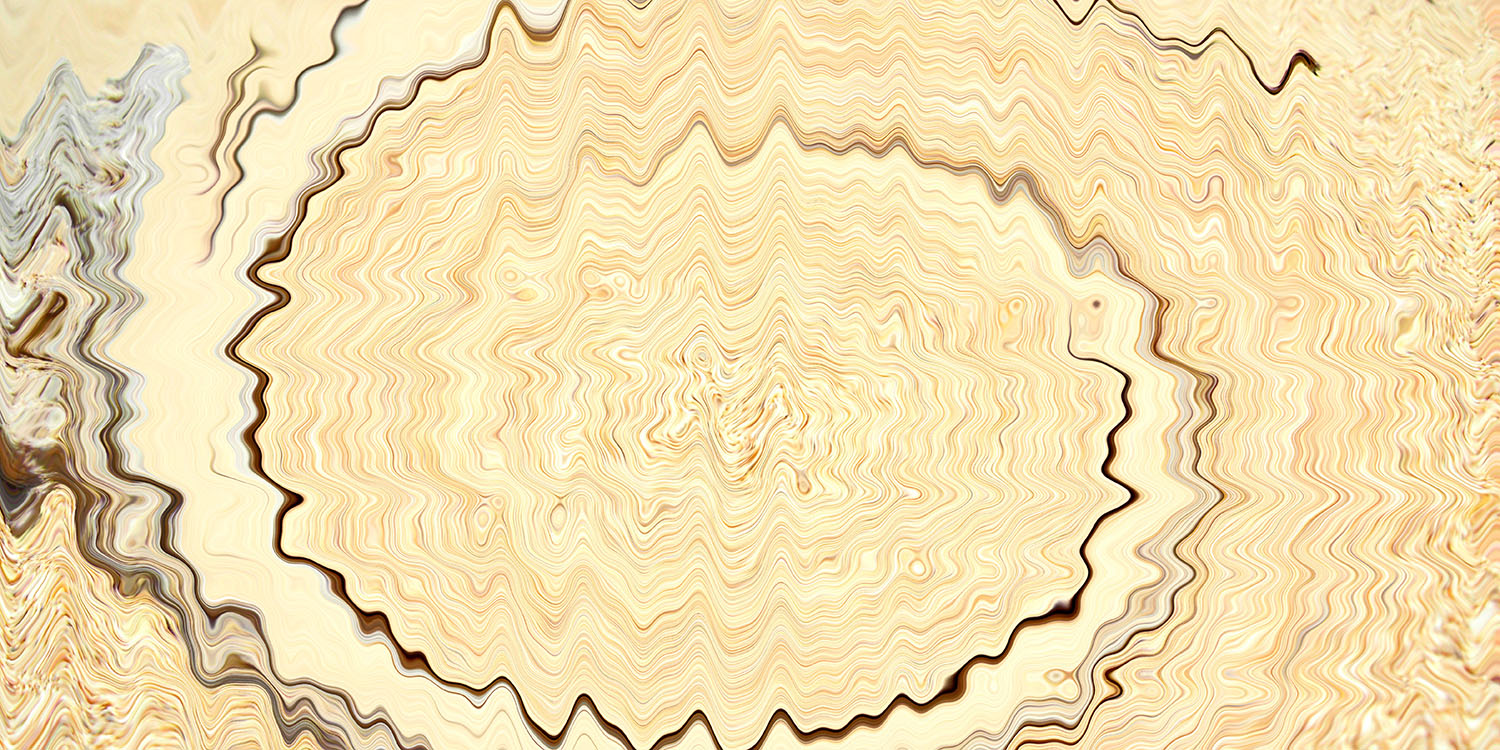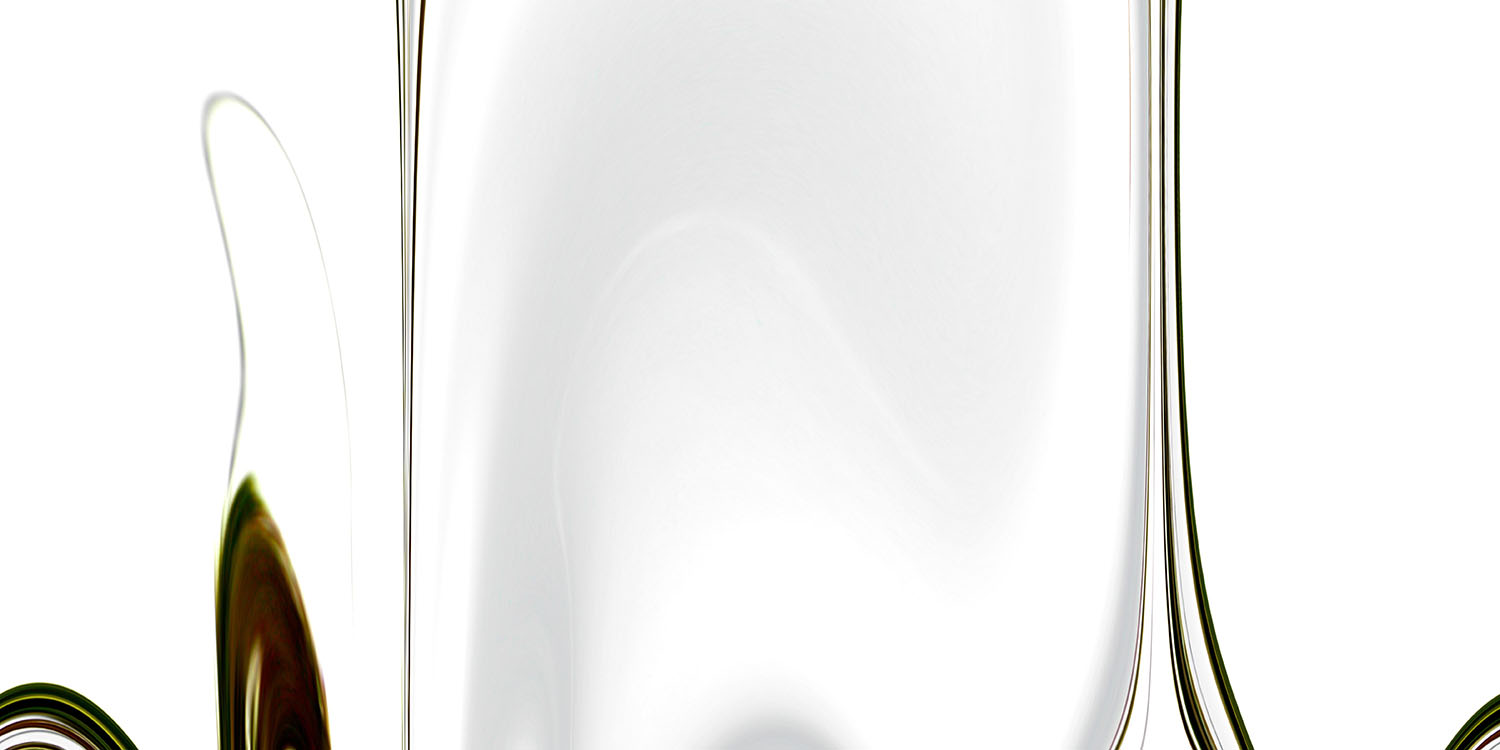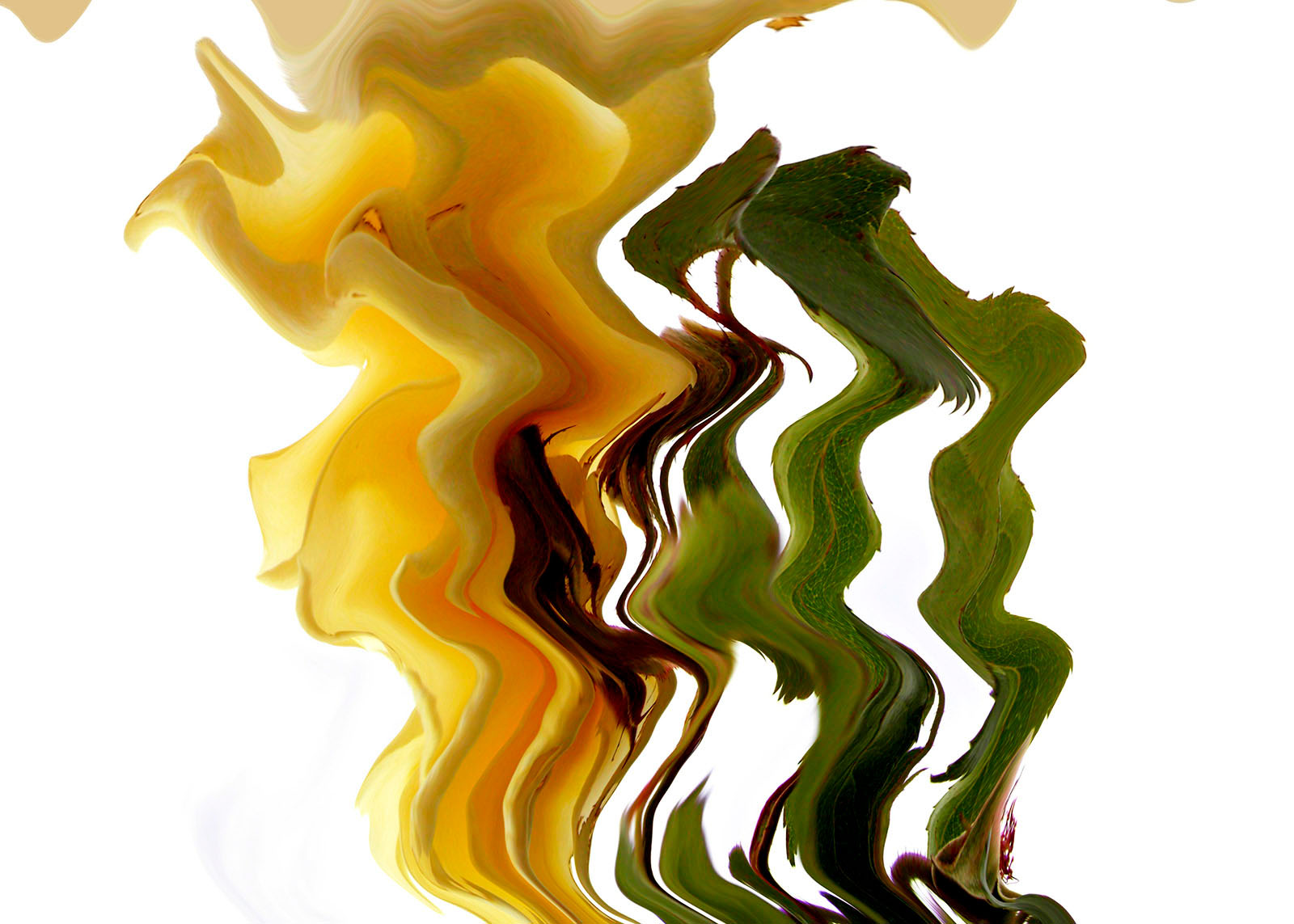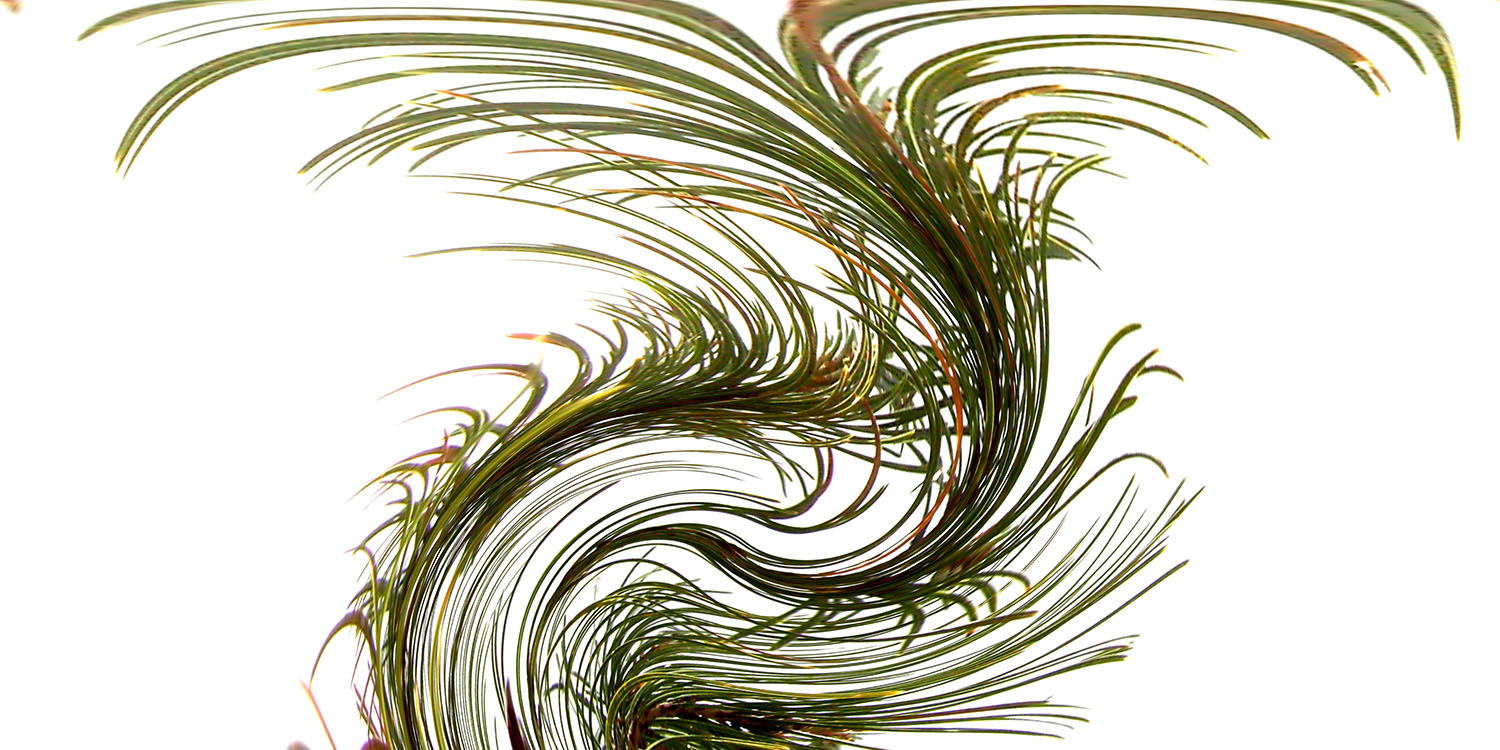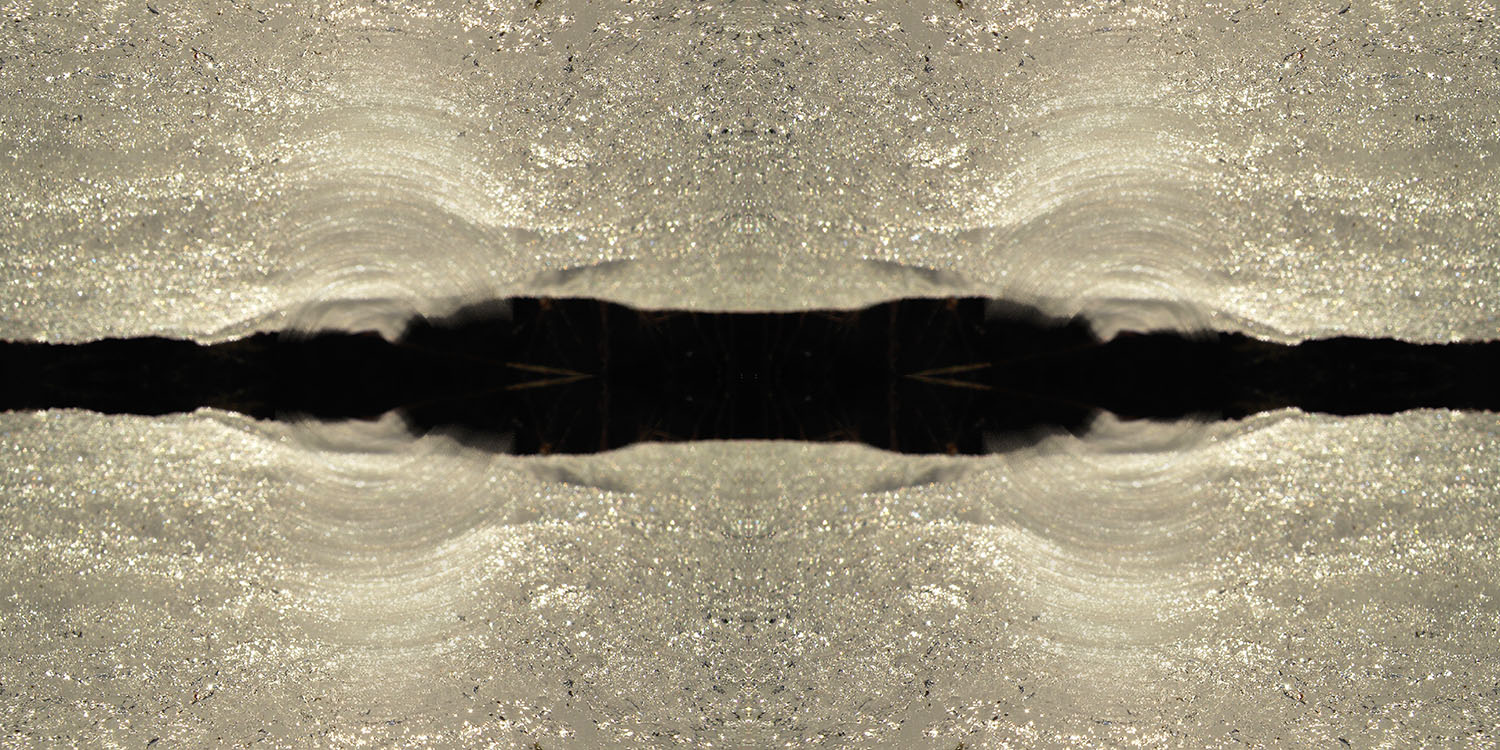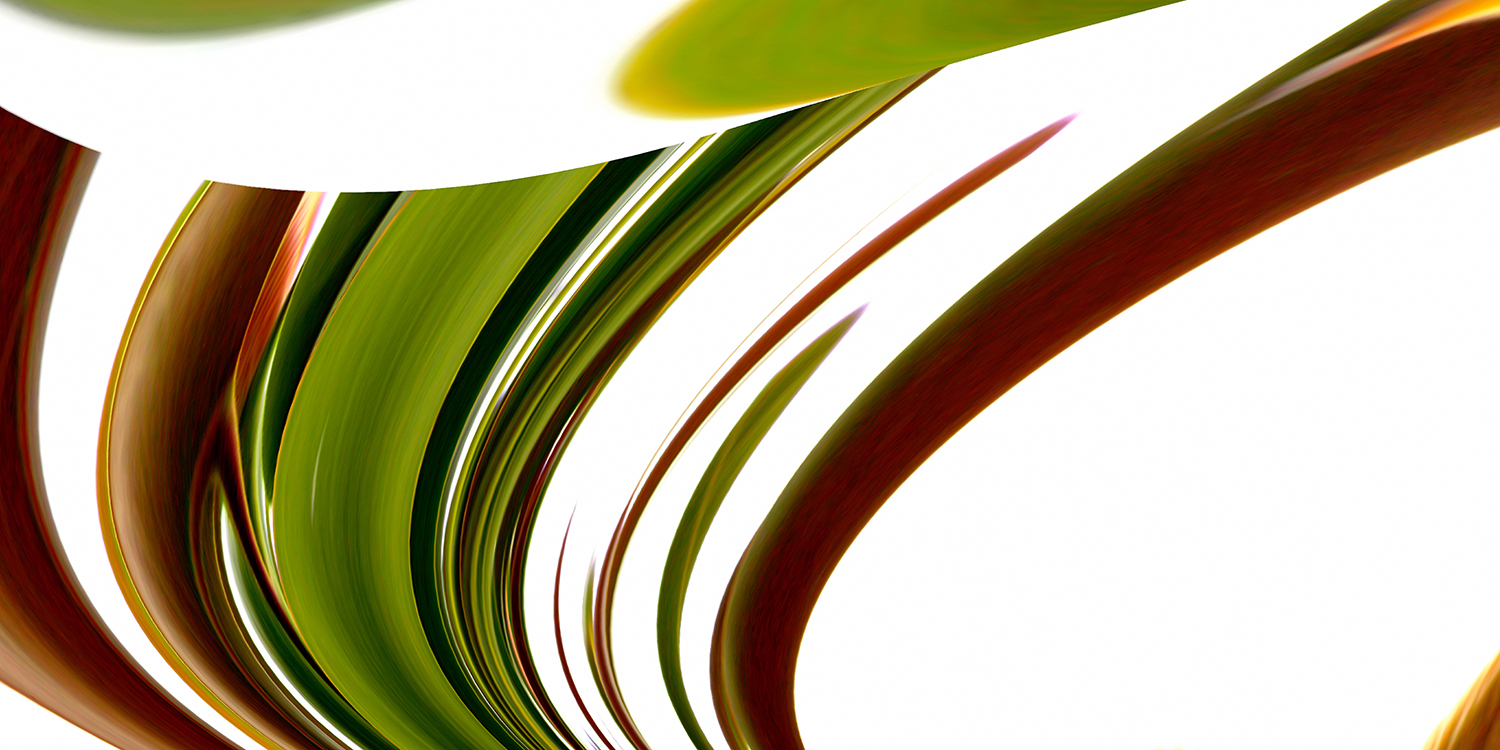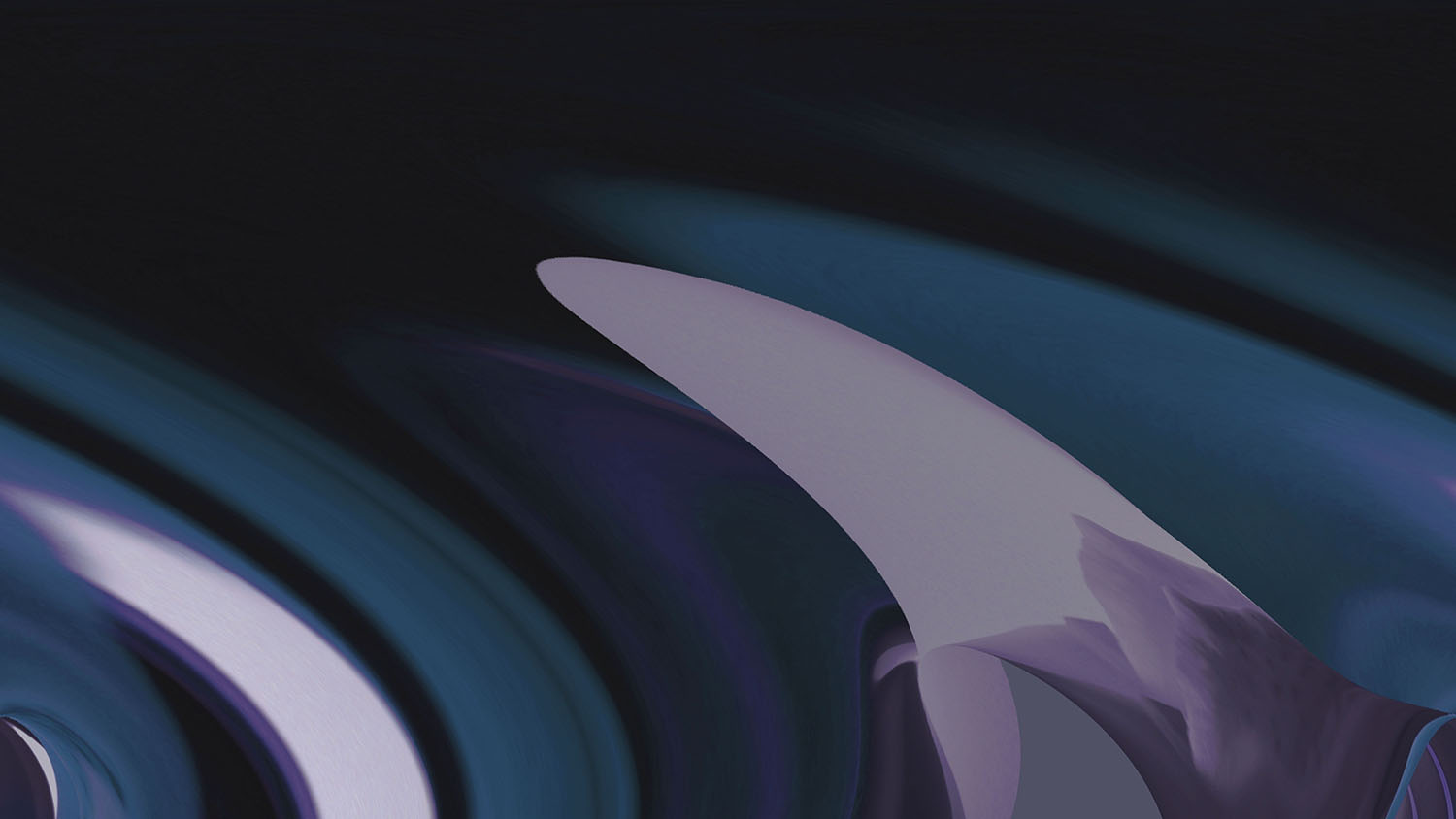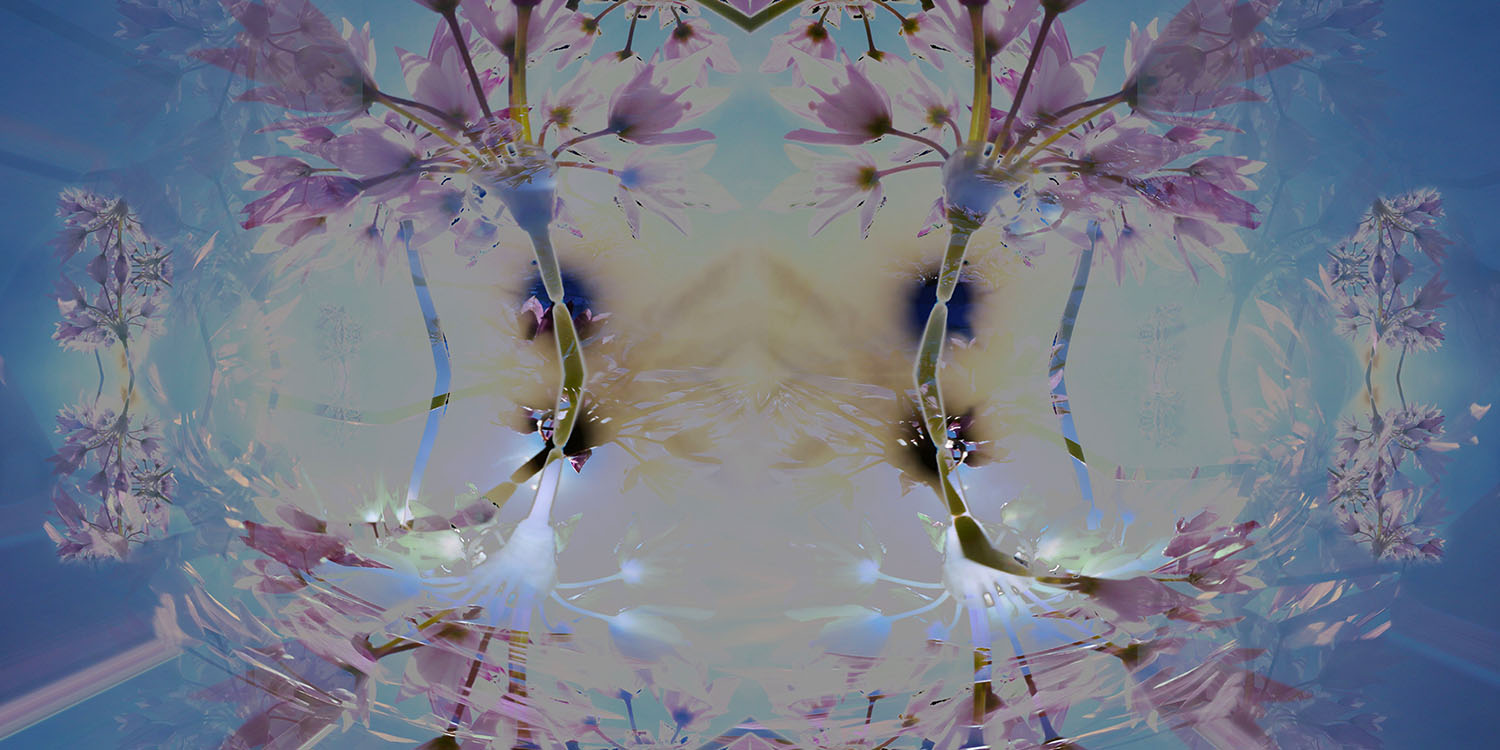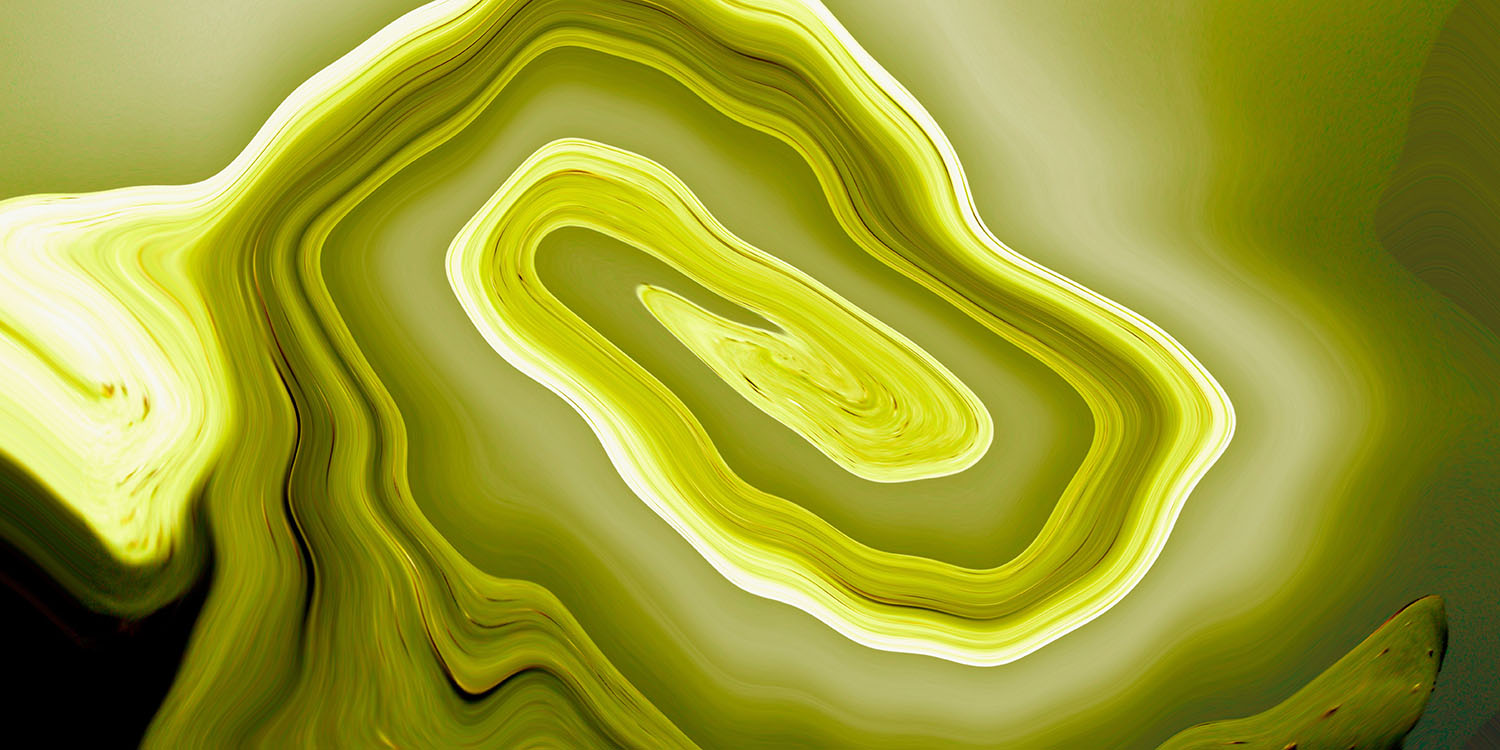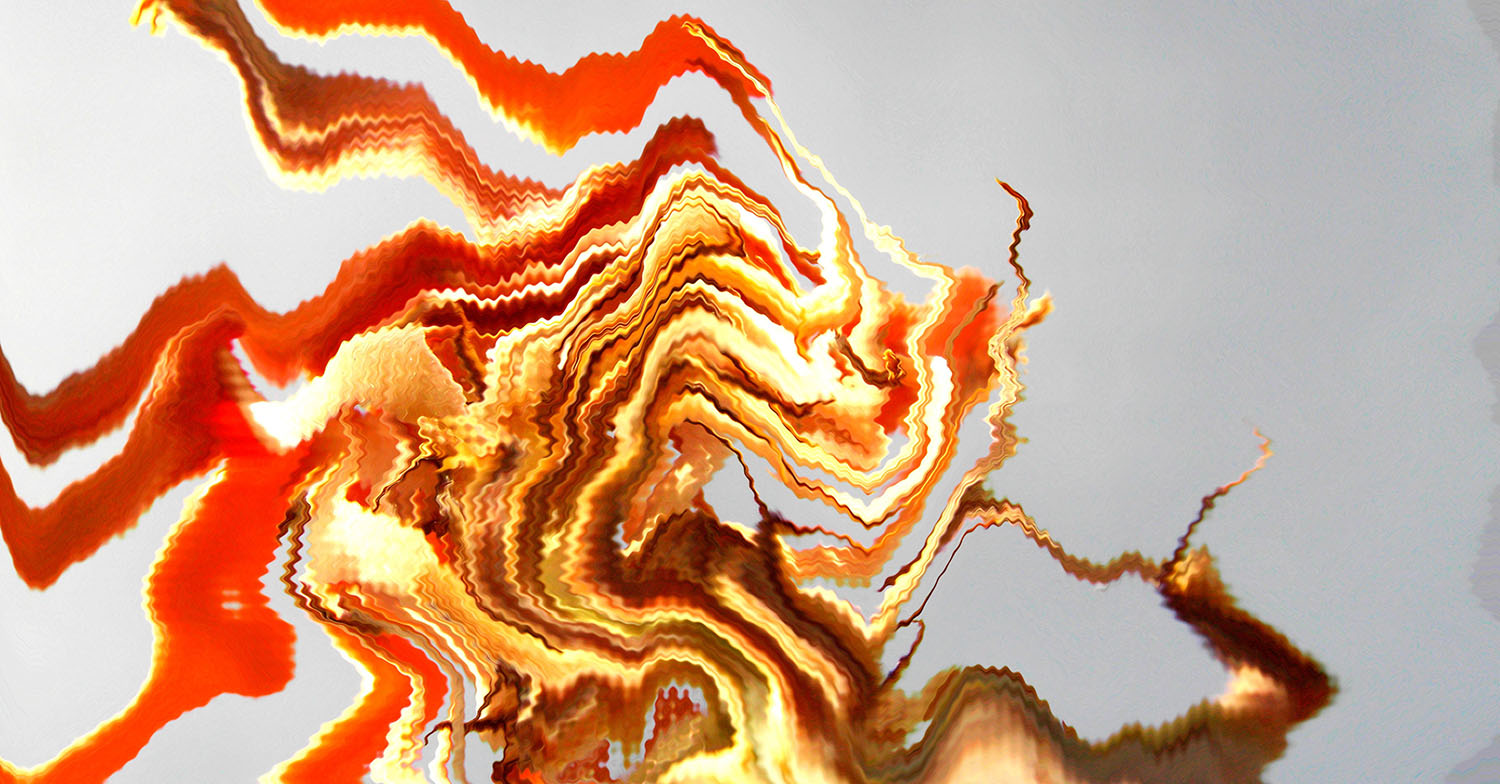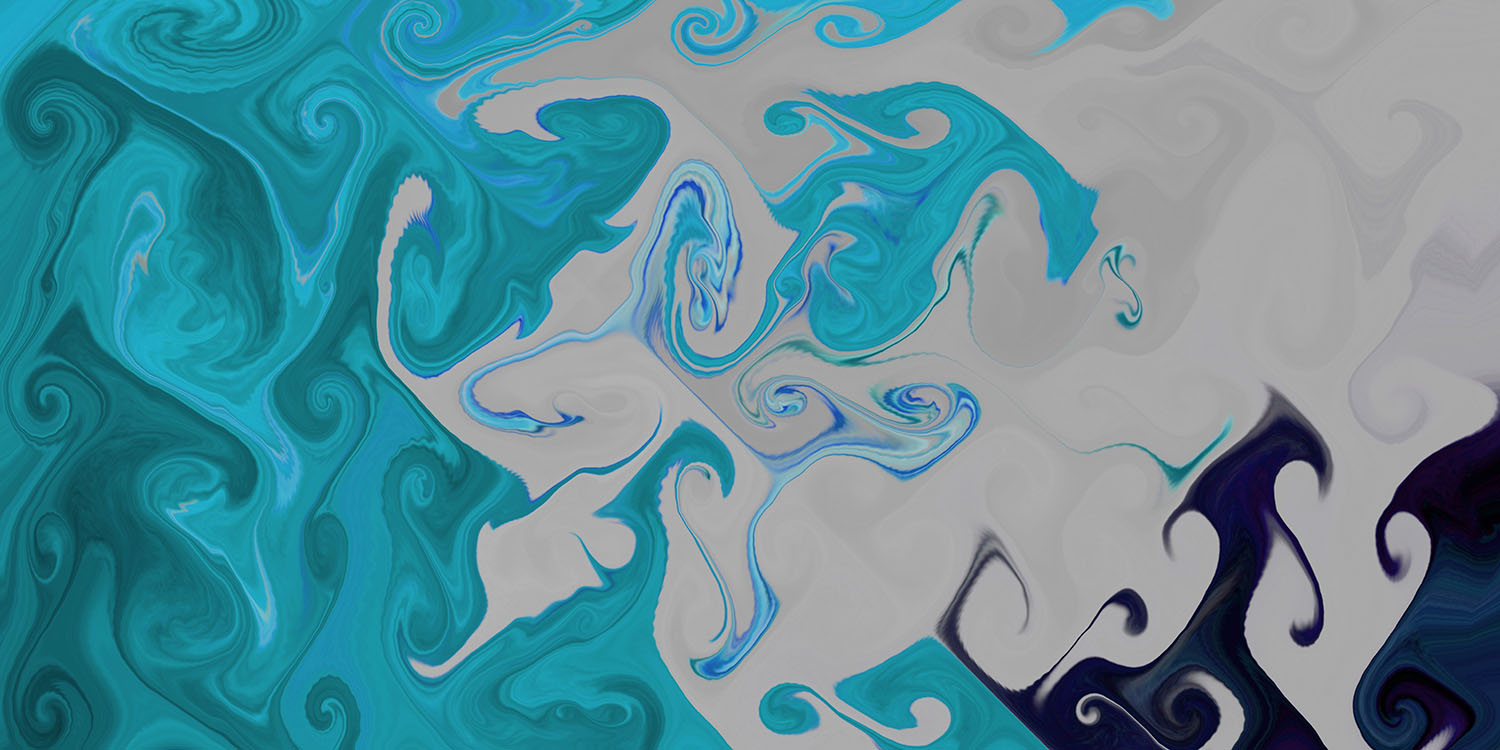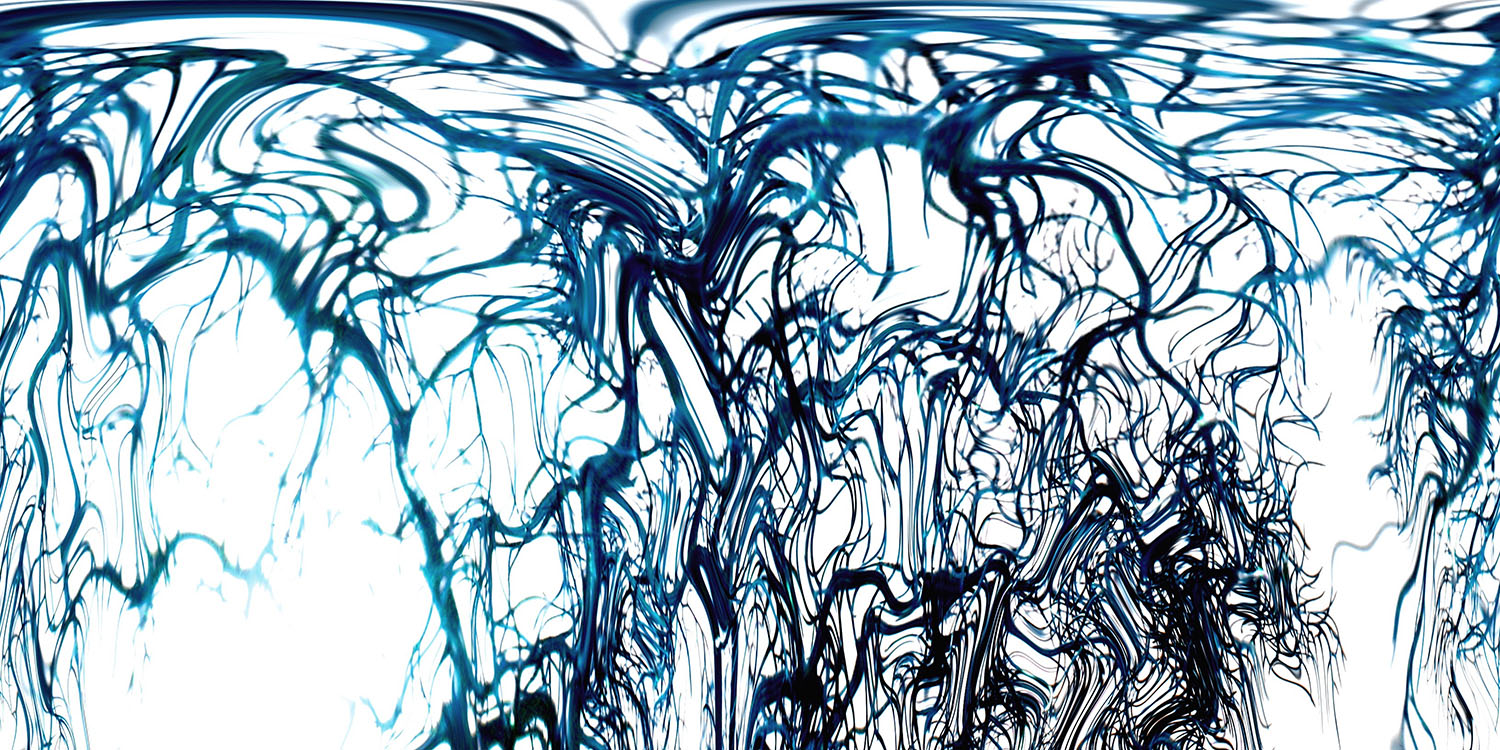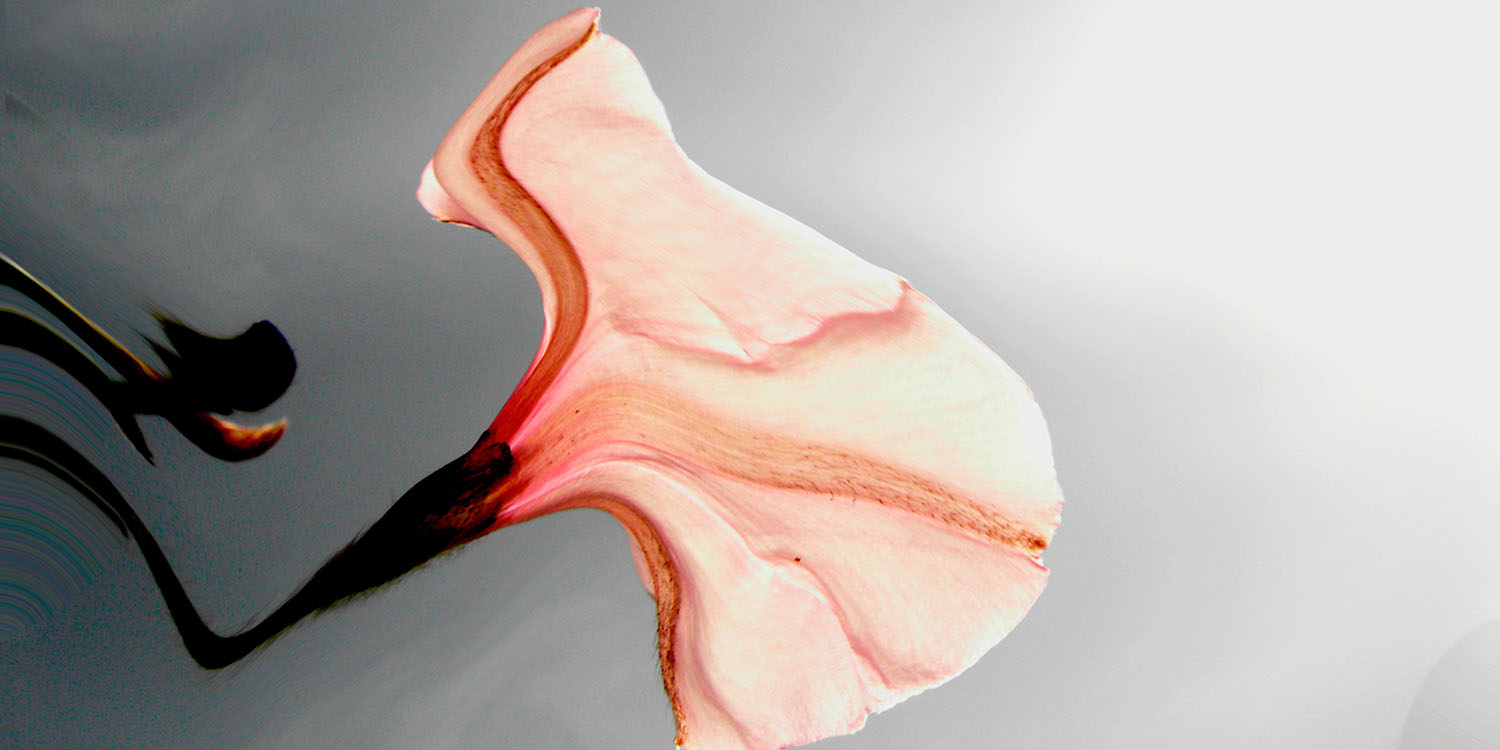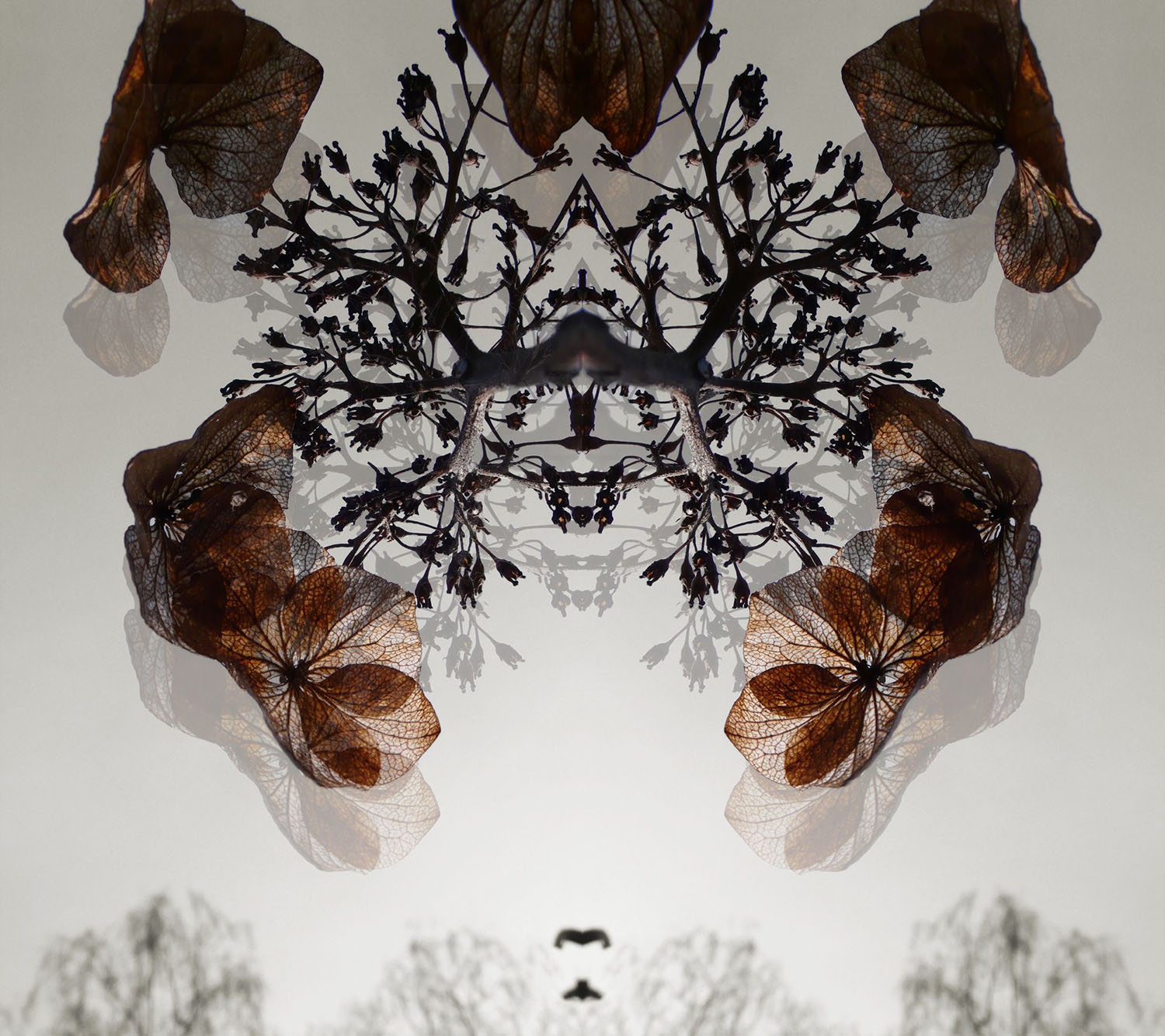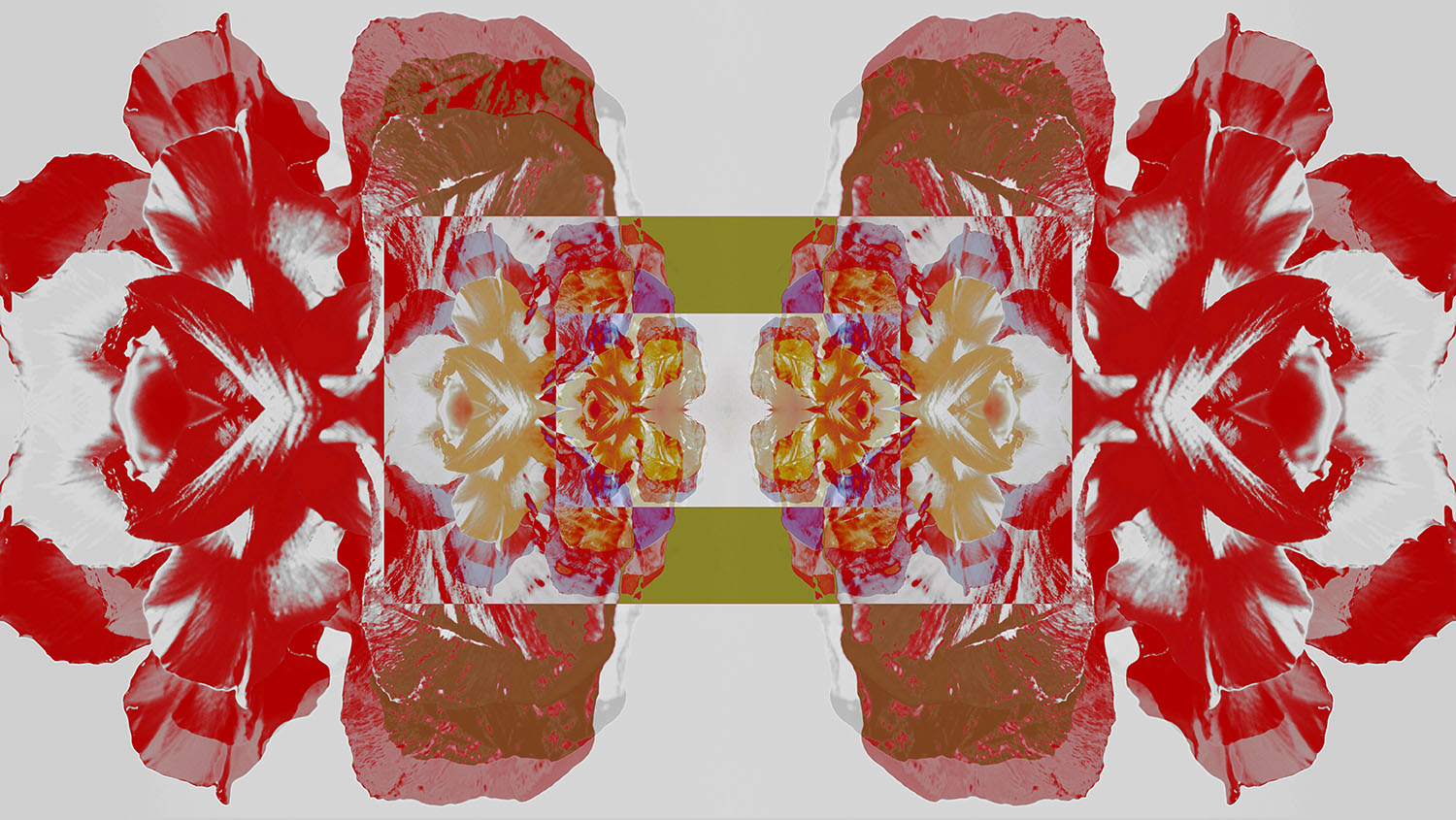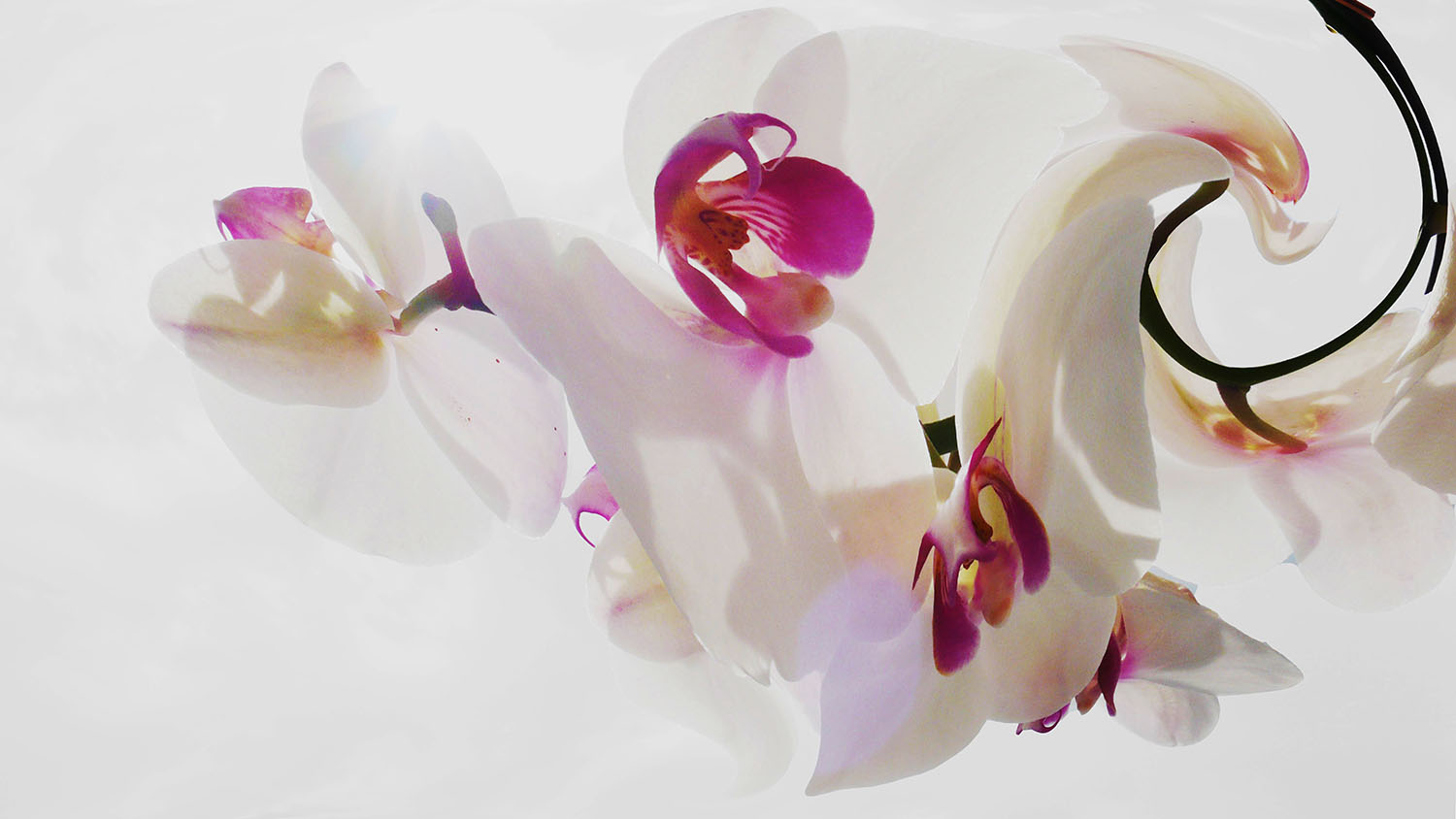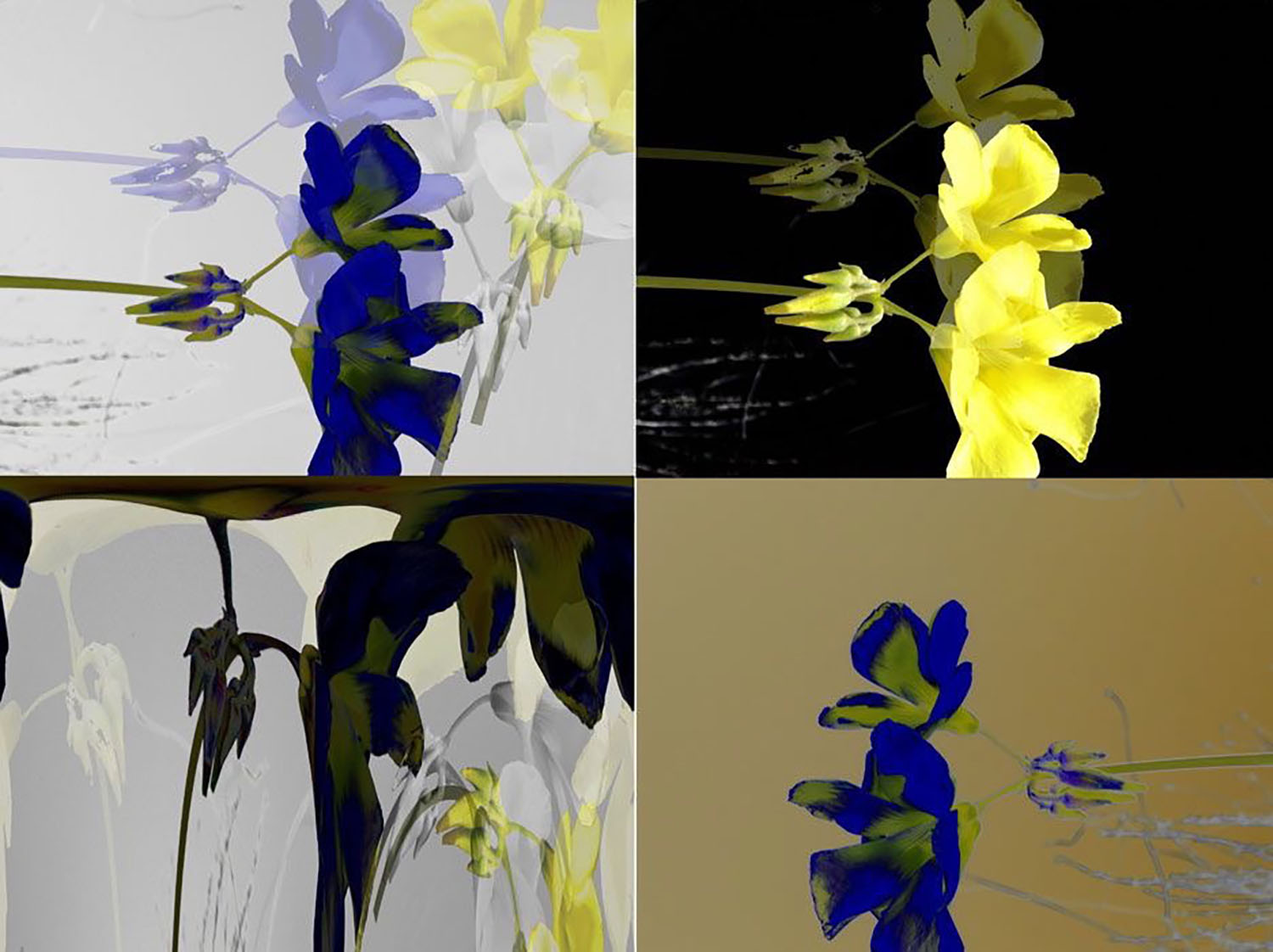flores
new interpretations of the most comon theme in art.
Ralf Uhler chooses flowers as a subject he embraces the modern tradition and concentrates on the formal qualities, preferring factual aesthetics to any kind of allegorical interpretation. Indeed, he seems to be less interested in color, his occupation with form, and what can be done with it, reigns supreme and also has a almost forensic aspect in laying bare the inner structure of form and re-forming, re-shaping the given natural properties. This may be understood as analytic photography. To try to achieve that by interpreting the outer form would have to count as a hermetic approach, his laying bare the layers of the form is definitely a kind of artistic pictorial analysis.
In his series of flowers Ralf Uhler does not stop at the outer appearance of the blossoms. He goes much deeper, and he also transforms them, in form, but also in color. The perceivable beauty, the outward aesthetic character (and its architecture) do not serve as the images‘ subjects, rather they are treated as the base camp for far-reaching explorations into the realm of the aesthetic beyond the capacity of the eye, to which he, inevitably, returns, bringing with him the experiences of the safaris as spiritual treasures and insightful demonstrations of the subjects‘ true character und the aspect of art.
When, for instance, the image of a blossom is a rendering in detail (which makes for a little mysteriousness) and then mirrored symmetrically, a new kind of beauty is born: Resting on the aesthetic properties of the original, the treatment of matter (as matrix) is responsible for a self-removal from the original beauty, which is left behind in order to embrace a new kind of beauty, which, even though the original feed is a flower, reduces this to a kind of remembrance and embarks on a new aesthetic nourished by the new forms and its related and germane colors. In this way, the starting points vanish into the mists of oblivion to make way to a new and demanding proposition.
We suddenly are led into a new, a parallel world of visual experience which creates its own meaning. Van Gogh’s „Sunflowers“ were images of flowers, satisfied with their natural beauty. Their outer appearance stood in for what they were. Ralf Uhler’s works do not produce images of flowers, rather they must be seen as instances of an analytical aesthetic taking the dedicated natural beauty into the varied and uncommonly rich meta-analytical world of the working and effects of beauty itself.
Van Gogh showed the beauty of flowers, Ralf Uhler shows how this works.
By Gerhard Charles Rump
